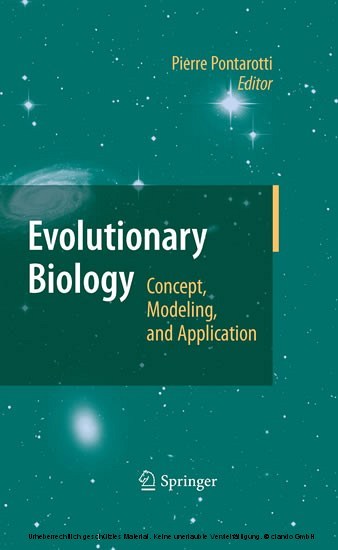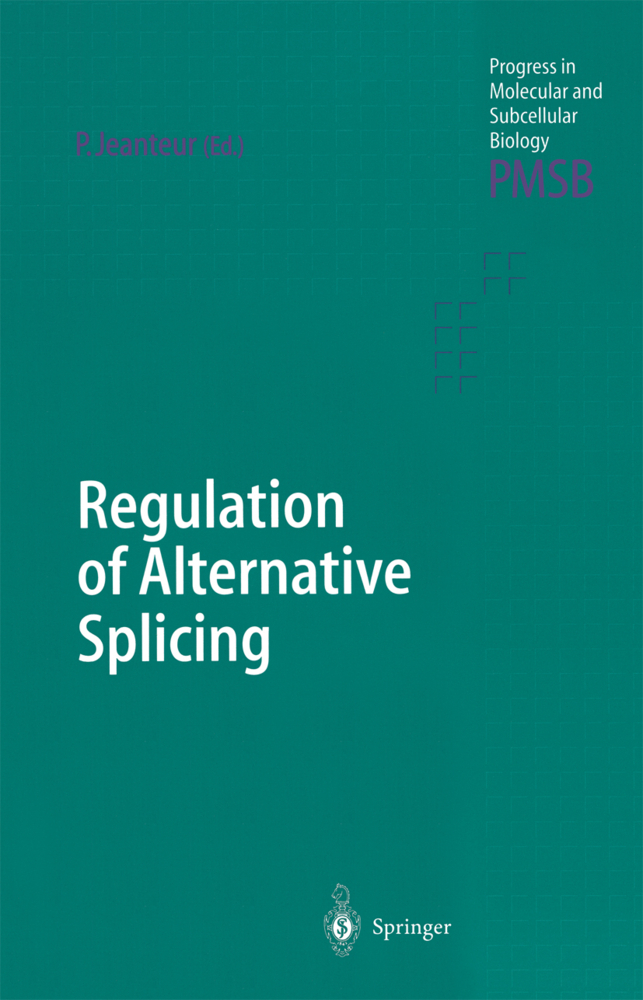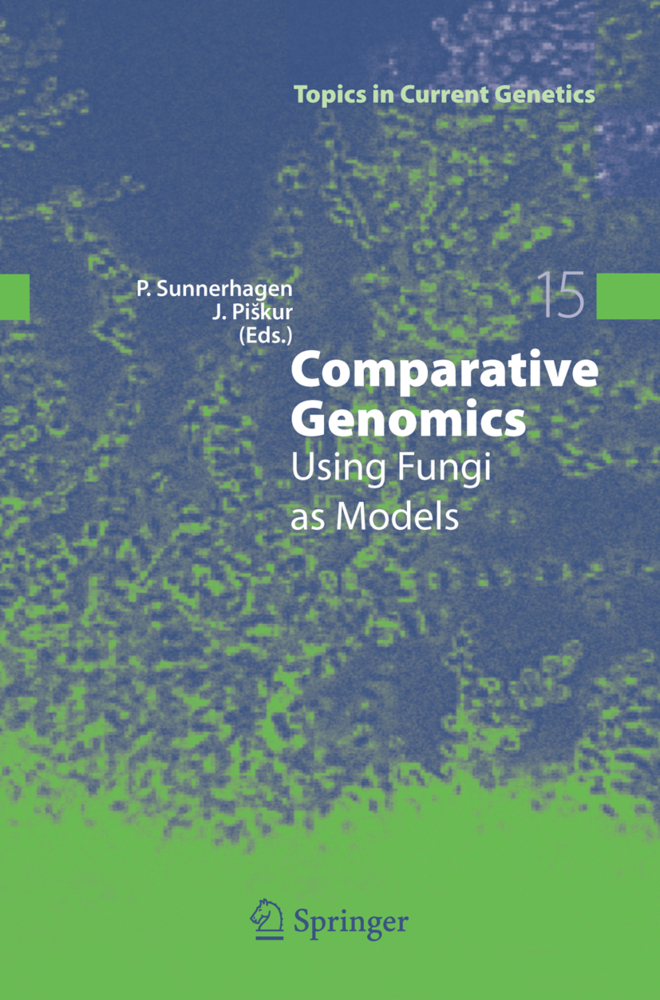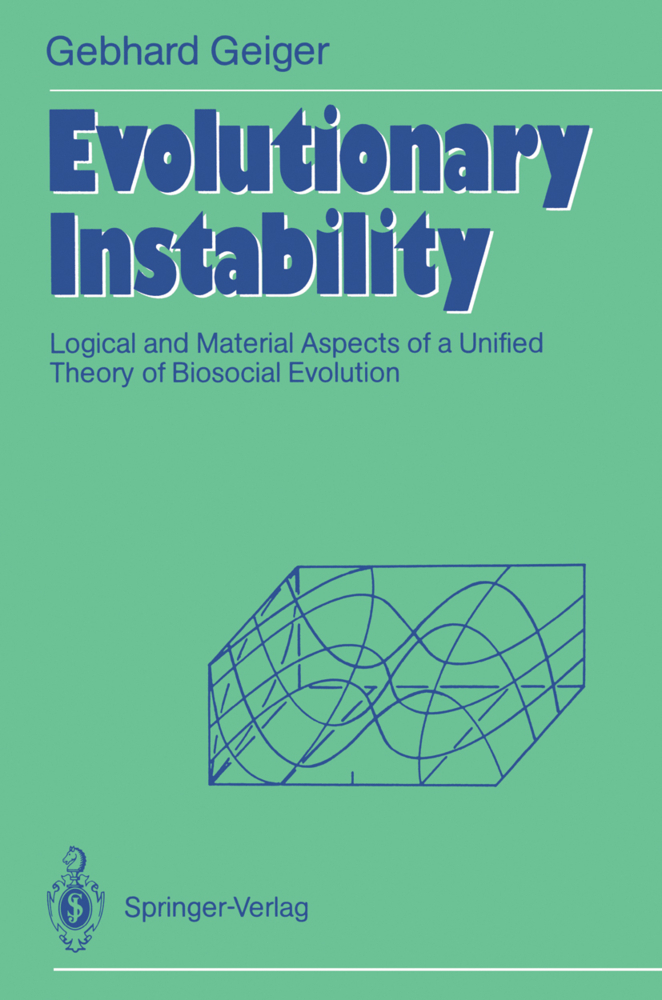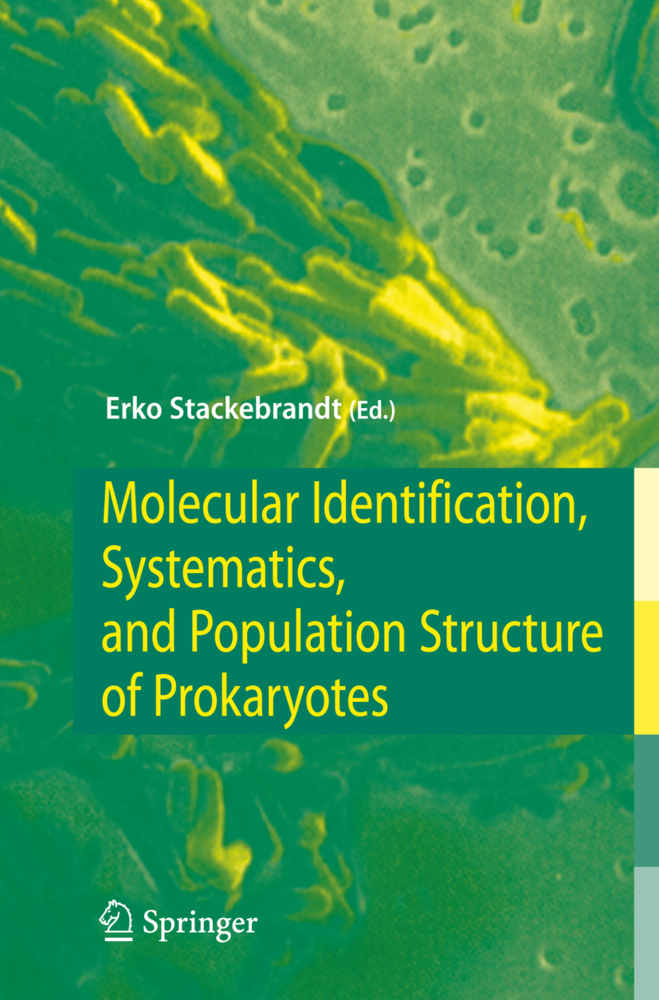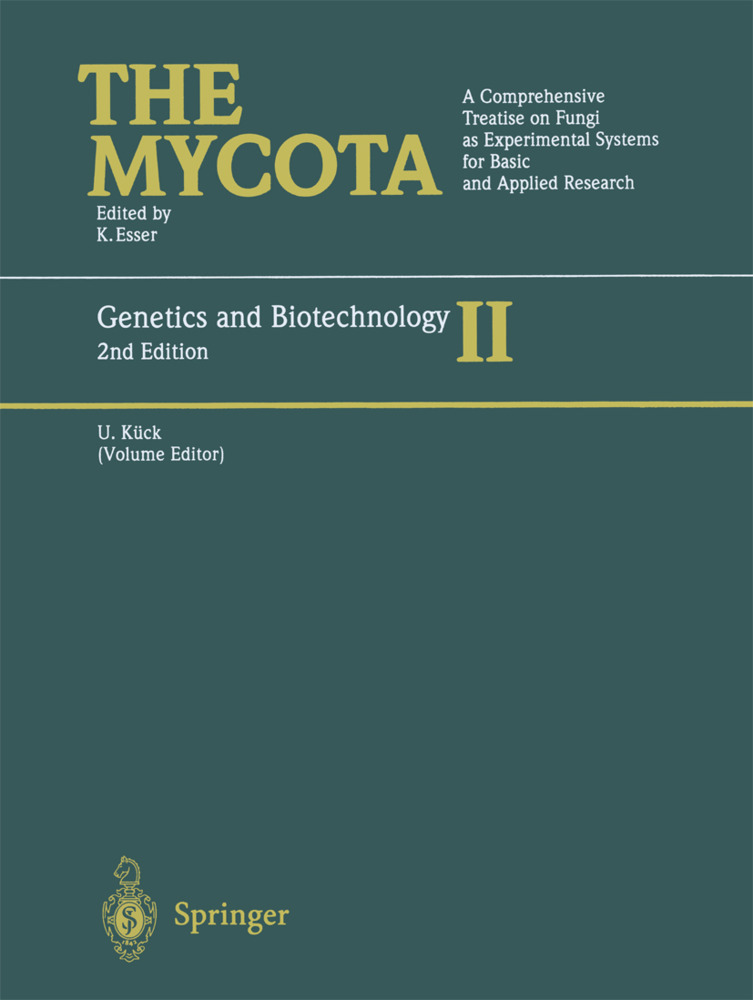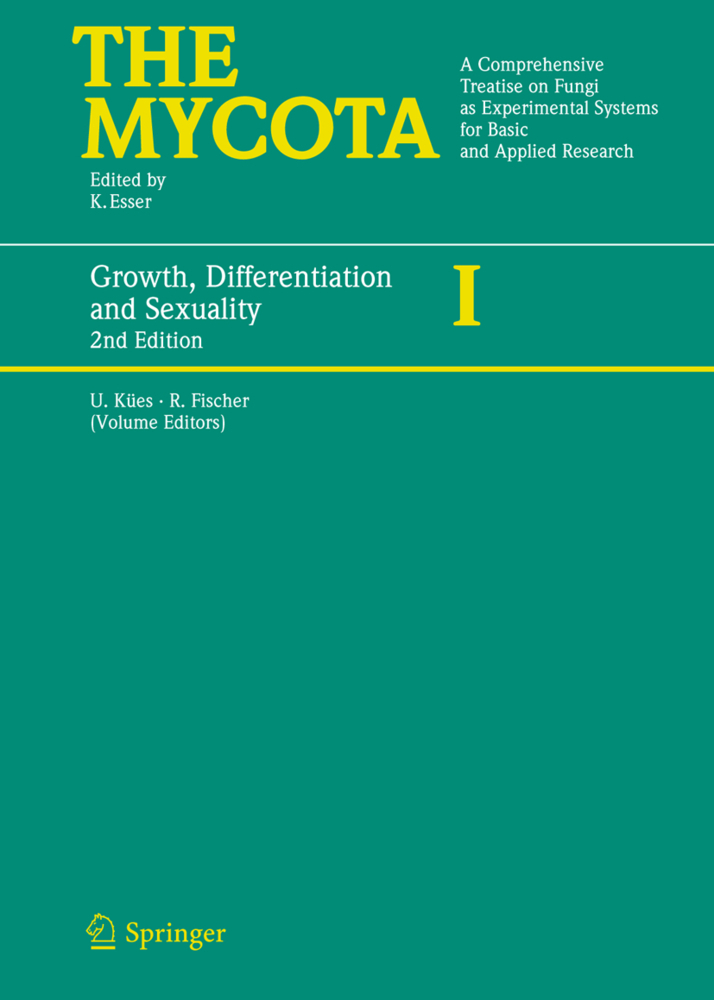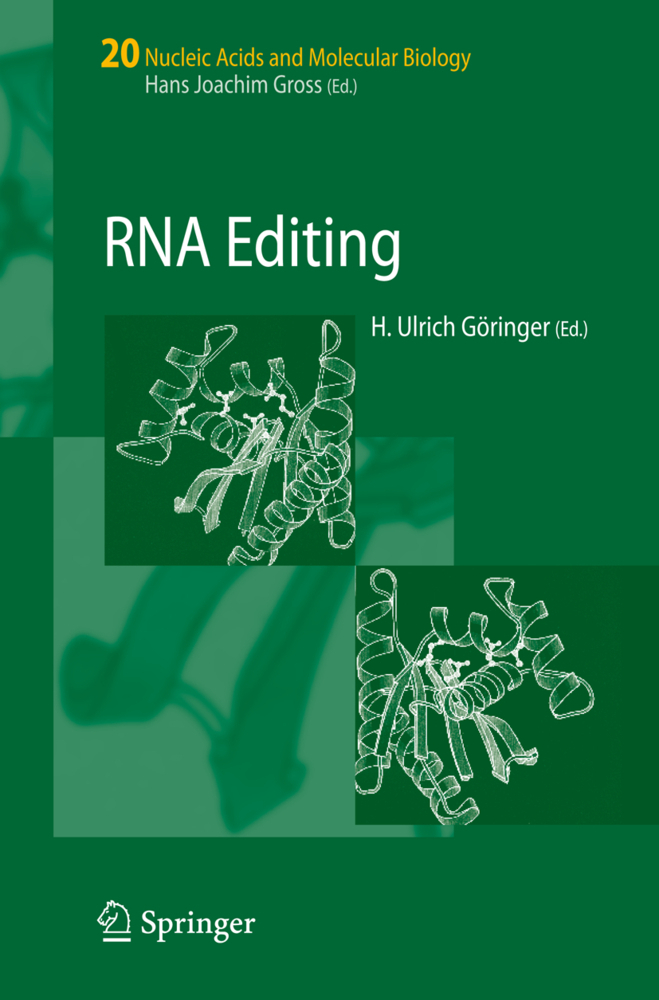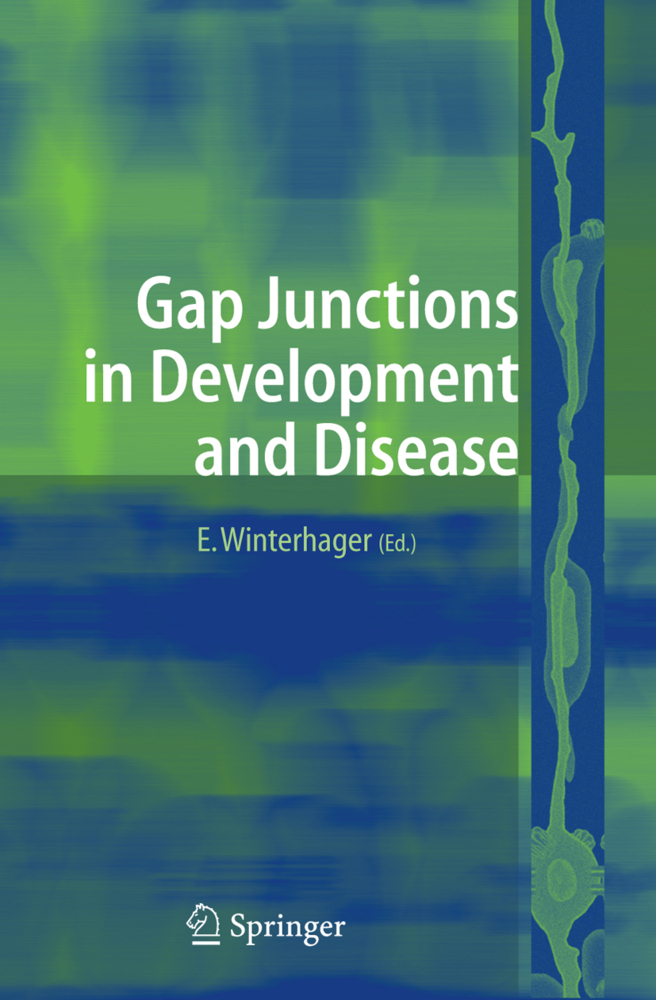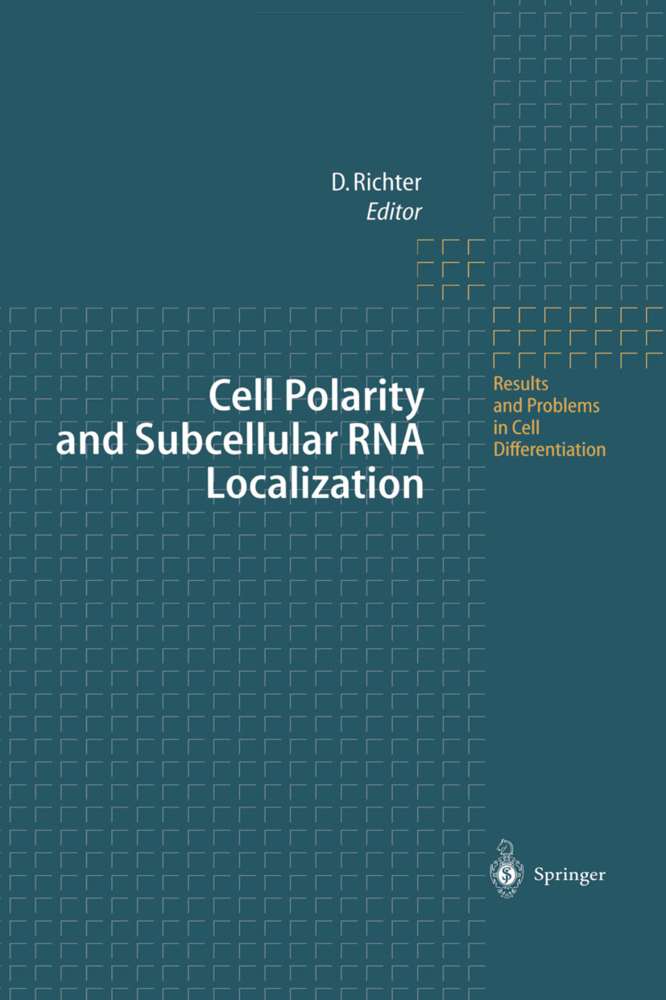Evolutionary Biology
Since 1997, scientists of different disciplines sharing a deep interest in concepts and knowledge related to evolutionary biology have held the annual Evolutionary Biology Meetings in Marseille in order to discuss their research and promote collaboration. Lately scientists especially focusing on applications have also joined the group.
This book starts with the report of the '12th Evolutionary Biology Meeting', which gives a general idea of the meeting's epistemological stance. This is followed by 22 chapters, a selection of the most representative contributions, which are grouped under the following four themes: Part I Concepts and Knowledge - Part II Modelization - Part III Applied Evolutionary Biology - Part IV Applications in Other Fields -Part IV transcends the field of biology, presenting applications of evolutionary biology in economics and astronomy.
1;184822_1_En_FM1_OnlinePDF;2 1.1;Outline placeholder;1 1.1.1;Preface;5 1.2;Preface;5 1.2.1;Meeting Report: 12th Evolutionary Biology Meeting in Marseille;6 1.3;Meeting Report: 12th Evolutionary Biology Meeting in Marseille;5 1.3.1;Contents;6 1.4;Contents;5 1.4.1;Contributors;6 1.5;Contributors;5 2;184822_1_En_1_Chapter_OnlinePDF;20 2.1;Chapter Chapter 1: Spontaneous Generation Revisited at the Molecular Level;21 2.1.1;1.1Introduction;21 2.1.2;1.2From HCN to Nucleotides;22 2.1.2.1;1.2.1From Formamide to Nucleic Bases;22 2.1.2.2;1.2.2From Nucleic Bases to Acyclo-Nucleosides;23 2.1.2.3;1.2.3From Nucleosides to Nucleotides;24 2.1.2.4;1.2.4Formamide;25 2.1.2.5;1.2.5Water;25 2.1.3;1.3Stability;26 2.1.3.1;1.3.1Stability of the Relevant Bonds;26 2.1.3.2;1.3.2pH and Sequence Context;28 2.1.3.3;1.3.3Minerals and Protection;31 2.1.4;1.4Polymerization;32 2.1.4.1;1.4.1Nonenzymatic Syntheses in Water;32 2.1.4.2;1.4.2Ligation of Oligomers as a Way-Out from the Futile Cycle of Syntheses/Degradations;33 2.1.5;1.5Conclusion;37 2.1.6;References;38 3;184822_1_En_2_Chapter_OnlinePDF;41 3.1;Chapter Chapter 2: Minimal Cell Model to Understand Origin of Life and Evolution;41 3.1.1;2.1Introduction;41 3.1.2;2.2Spontaneous Movement of Amphiphilic Self-assemblies;42 3.1.2.1;2.2.1Self-winding Helix of Oleic Acid;43 3.1.2.2;2.2.2Self-propelled Oil Droplets;46 3.1.2.2.1;2.2.2.1Self-propelled Oil Droplets from Lipophilic Precursor of Surfactant (Oleic Acid-Oleate);46 3.1.2.2.2;2.2.2.2Self-propelled Oil Droplets Consuming Surfactant as Fuel;47 3.1.3;2.3Dynamics of Self-reproduction Exhibited by Giant Vesicles;49 3.1.3.1;2.3.1Self-reproducing Vesicular System of the Nutrient-Containing Type;51 3.1.3.2;2.3.2Robustly Reproducing Giant Vesicular System;52 3.1.4;2.4Population Analysis of Self-reproducing Giant Vesicles by Flow Cytometry;54 3.1.4.1;2.4.1Protocol of Flow Cytometric Analysis;54 3.1.4.2;2.4.2Population Analysis of Self-reproducing Vesicles;55 3.1.4.3;2.4.3Self-reproducing Vesicles as a Molecular Model of Evolution;57 3.1.5;2.5Self-replication of Informational Substances in a Giant Vesicle;58 3.1.5.1;2.5.1Enzymatic Reaction in Vesicle;58 3.1.5.2;2.5.2Performance of Polymerase Chain Reaction in GV;58 3.1.5.3;2.5.3Flow Cytometric Analysis of PCR in Vesicles;60 3.1.5.4;2.5.4Meaning of Encapsulation in Enzymatic Reactions;61 3.1.6;2.6Coupling between Self-reproduction of GV and Self-replication of DNA;63 3.1.6.1;2.6.1Design and Preparation of DNA-cholesterol Conjugate;63 3.1.6.2;2.6.2Replication of DNA Inside GV Carrying DNA-Cholesterol Conjugate;64 3.1.6.3;2.6.3Partition Mechanism in Cell Division of Escherichia coli;65 3.1.7;2.7Evolution Towards Artificial Cell;66 3.1.8;References;67 4;184822_1_En_3_Chapter_OnlinePDF;69 4.1;Chapter Chapter 3: New Fossils and New Hope for the Origin of Angiosperms*;69 4.1.1;3.1Introduction;69 4.1.2;3.2Definition of Flower and Angiosperm;70 4.1.3;3.3Acquisition of the Features;73 4.1.4;3.4Examples of Early Angiosperms;74 4.1.4.1;3.4.1Chaoyangia;74 4.1.4.1.1;3.4.1.1Brief History;74 4.1.4.1.2;3.4.1.2Discussion;74 4.1.4.1.3;3.4.1.3Diagnosis;75 4.1.4.1.4;3.4.1.4Description;75 4.1.4.2;3.4.2Callianthus;77 4.1.4.2.1;3.4.2.1Brief History;77 4.1.4.2.2;3.4.2.2Discussion;77 4.1.4.2.3;3.4.2.3Diagnosis;77 4.1.4.2.4;3.4.2.4Description;78 4.1.4.3;3.4.3Xingxueanthus;79 4.1.4.3.1;3.4.3.1Brief History;79 4.1.4.3.2;3.4.3.2Discussion;79 4.1.4.3.3;3.4.3.3Diagnosis;80 4.1.4.3.4;3.4.3.4Description;80 4.1.4.4;3.4.4Schmeissneria;81 4.1.4.4.1;3.4.4.1Brief History;81 4.1.4.4.2;3.4.4.2Discussion;82 4.1.4.4.3;3.4.4.3Diagnosis;82 4.1.4.4.4;3.4.4.4Description;83 4.1.5;3.5Conclusion;84 4.1.6;References;86 5;184822_1_En_4_Chapter_OnlinePDF;89 5.1;Chapter Chapter 4: Vertebrate Evolution: The Strange Case of Gymnophionan Amphibians;89 5.1.1;4.1Introduction;89 5.1.2;4.2Morphological Data;90 5.1.2.1;4.2.1General Anatomy;90 5.1.2.2;4.2.2Integument;91 5.1.2.3;4.2.3Skeleton;91 5.1.2.4;4.2.4Brain;92 5.1.2.5;4.2.5Sense Organs;92 5.1.2.6;4.2.6Digestive Tract;93 5.
Pontarotti, Pierre
| ISBN | 9783642009525 |
|---|---|
| Artikelnummer | 9783642009525 |
| Medientyp | E-Book - PDF |
| Auflage | 2. Aufl. |
| Copyrightjahr | 2009 |
| Verlag | Springer-Verlag |
| Umfang | 402 Seiten |
| Sprache | Englisch |
| Kopierschutz | Digitales Wasserzeichen |

